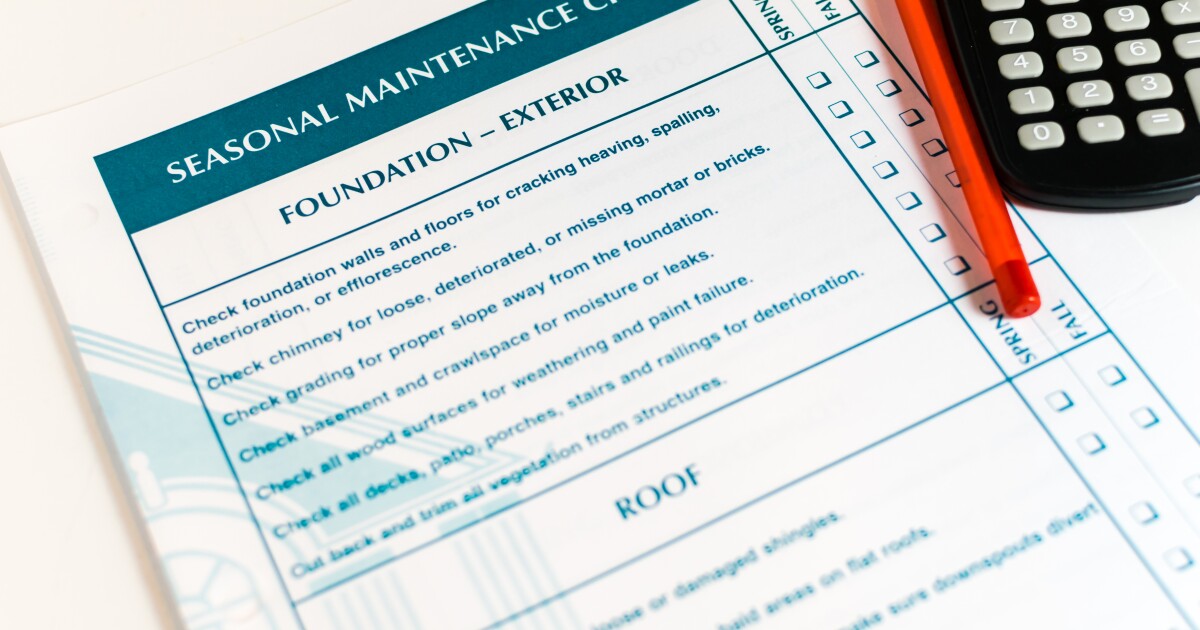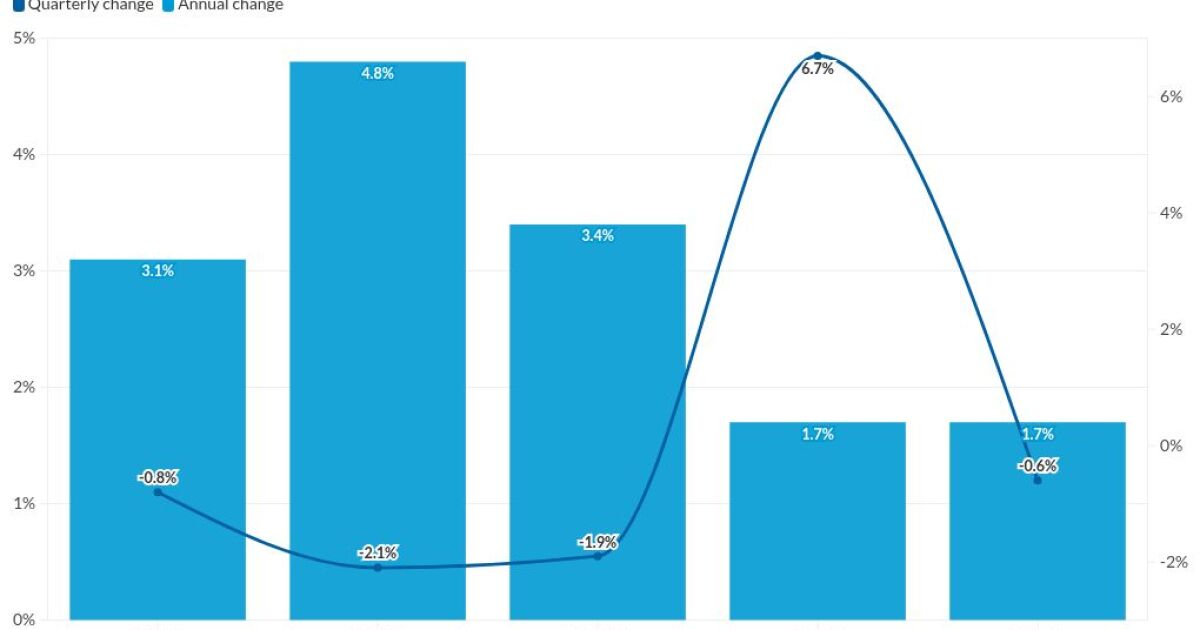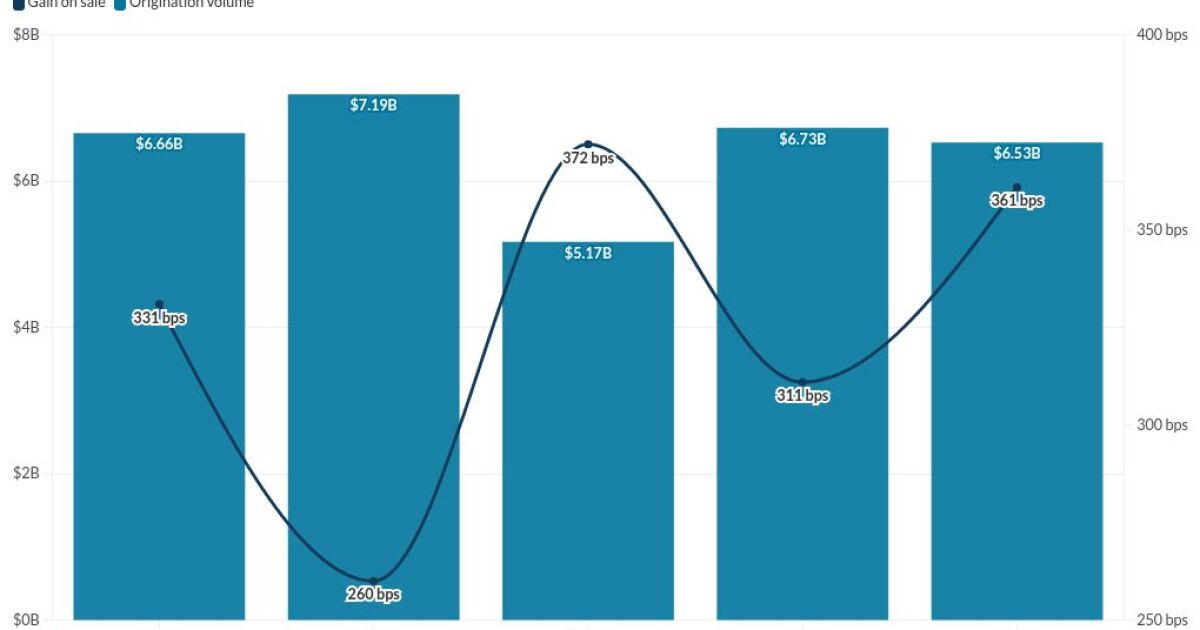
The Department of Housing and Urban Development issued a mortgagee letter aimed at clarifying contingencies around property protection and preservation reimbursement for loans that have a first legal foreclosure action filed on or after March 31.
Confirmed as excluded from reimbursable P&P costs in addition to those deemed “unreasonable” by Federal Housing Administration handbook definition are real estate taxes and hazard insurance premiums, according to the letter published March 29. The letter also provides information about the boundaries for the period during which work is reimbursable.
HUD defines the boundary of the property preservation and protection period as starting on the earlier of the date of the first legal foreclosure action, or when it should have been filed, absent contingencies. The period ends after the timelines associated with either handing the property over to HUD, or the process for filing claims without conveyance of title occurs, unless an extension is approved.
The letter detailing reimbursement policies arrives as servicers process relatively higher volumes of distressed loans in line with a transition away from pandemic-related payment relief. Trade groups have sought more clarity in line with some of HUD’s policies around this.
Initial FHA foreclosure actions vary by jurisdiction and are generally followed by the diligence period, but contingencies such as borrower requests for relief related to pandemic hardships or vacancy determinations can affect the timeline.
The FHA last month clarified that it has allowed an additional 180 days of leeway for first actions and reasonable diligence timelines following the latest of the following events’ expirations: the foreclosure ban, forbearance, or COVID-19 Home Equity Conversion Mortgage extensions on when the loan is due and payable.



